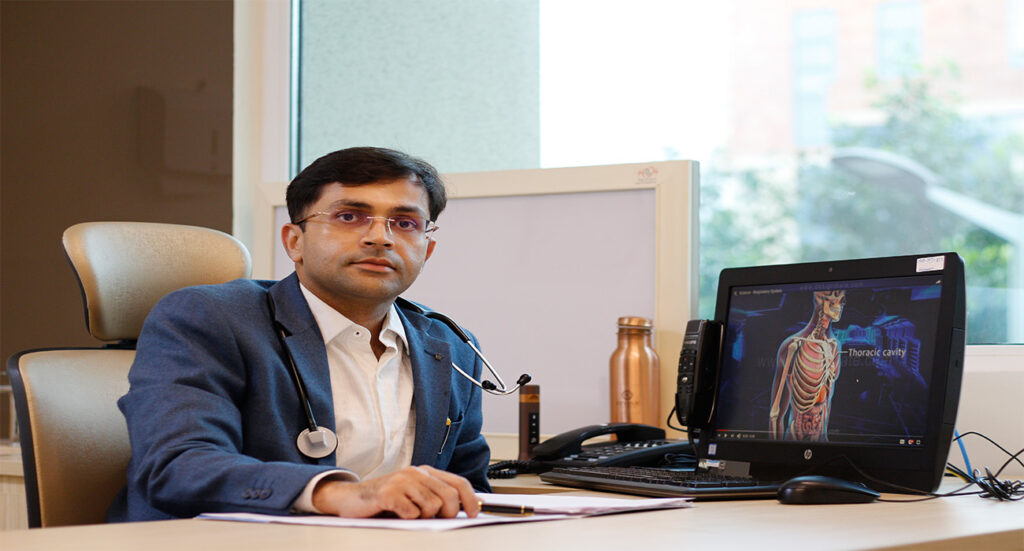Acute Respiratory Distress Syndrome (ARDS) is a serious condition that affects the lungs, making it difficult to breathe. It can occur as a complication of a variety of underlying health conditions, including pneumonia, sepsis, trauma, and inhalation of harmful substances.
ARDS develops rapidly and is characterized by the sudden onset of severe shortness of breath, rapid breathing, and low blood oxygen levels. The lungs become inflamed and fluid accumulates in the air sacs, making it difficult for oxygen to reach the bloodstream. As a result, the body’s vital organs may not receive enough oxygen, leading to organ failure and potentially life-threatening complications.
The symptoms of ARDS may include:
- Severe shortness of breath
- Rapid breathing
- Rapid heart rate
- Low blood oxygen levels
- Fatigue
- Confusion or disorientation
- Blue tint to the skin and lips
The treatment of ARDS involves providing supportive care to the patient, including oxygen therapy and mechanical ventilation to help them breathe. Medications such as antibiotics, corticosteroids, and diuretics may be used to help manage underlying infections, reduce inflammation, and remove excess fluid from the lungs.
In addition to these treatments, other therapies such as prone positioning, in which the patient is positioned face down to improve oxygenation, and extracorporeal membrane oxygenation (ECMO), in which an external machine is used to oxygenate the blood outside of the body, may be used in severe cases.
Prevention of ARDS involves managing underlying health conditions properly, avoiding harmful substances that can damage the lungs, and following proper safety precautions when working in high-risk environments such as hospitals or industrial settings.




